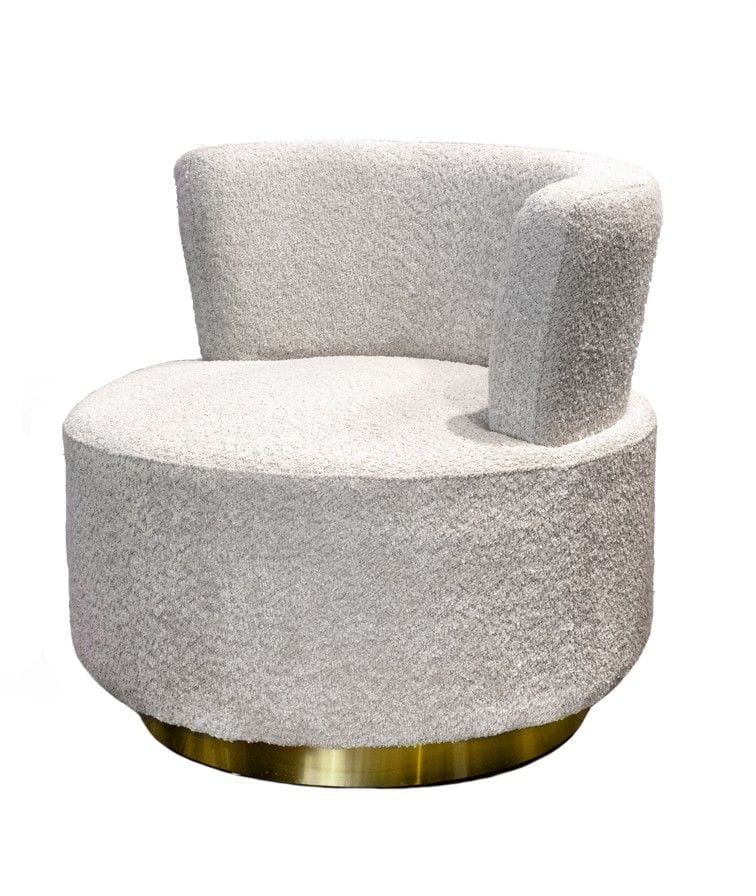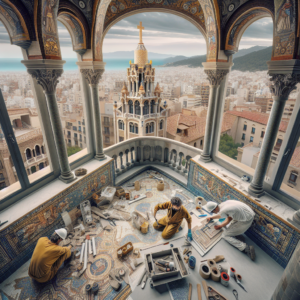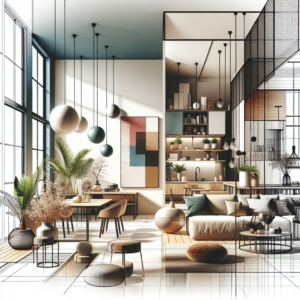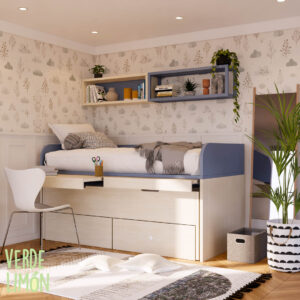Sure! Here’s the translation into American English:
Interior design mistakes are more common than one might think. Interior designer Sandra Marcos has examined these flaws, which are often the result of poorly planned decisions lacking the necessary balance. Dysfunctional layouts, decorative overkill, and poor lighting are some of the factors that contribute to an unwelcoming atmosphere.
Despite superstitions associated with Tuesday the 13th, decorative mistakes are not a matter of bad luck but rather poor choices. The key lies in balancing aesthetics, functionality, and authenticity, creating spaces that resonate with people’s identities.
Marcos emphasizes the importance of long-term decoration, where good taste is complemented by technique and proportion. Below, she outlines thirteen common mistakes and strategies to correct them.
One of the most evident mistakes is choosing disproportionate furniture. Ignoring the dimensions of the space can lead to a large sofa obstructing movement or a small table not fitting a spacious dining room. Lighting also plays a crucial role; a single light source is inadequate. It is recommended to create different layers of light using floor lamps and sconces, which enhances the overall atmosphere of the home.
A common error is placing all furniture against the wall, which conveys coldness and limits the space. It is better to create zones within the room, leaving a little breathing room between the furniture and the walls.
A lack of storage space creates a chaotic environment. Integrating storage solutions into the design, such as built-in cabinets, can be an effective solution. Similarly, an excess of decorative elements can overwhelm the space; it is advisable to select a few standout pieces that add personality without cluttering.
Curtains also require attention; they should be hung as high as possible and reach the floor to create a sense of height. A fear of color may lead to a neutral palette that feels impersonal. Introducing color accents can revitalize any home.
Another important aspect is the placement of artwork. It should be harmoniously integrated into the space and hung at the right height. It is crucial to consider how each area will be used; a living room that doesn’t invite sitting or an impractical kitchen are examples of mistakes to avoid.
Selecting durable materials is essential to ensure the longevity of the design, especially in moisture-prone areas. Many people hesitate to use rugs, fearing they are too elaborate; however, if chosen well, they can help define spaces and absorb sound.
Lastly, a fear of mixing styles can limit creativity. Achieving a balance between different aesthetic styles can bring uniqueness to a home. Moreover, following trends without discernment can lead to spaces that lack personal identity.
With these thirteen mistakes in mind, Sandra Marcos emphasizes the need for a holistic perspective in decoration, where each decision is based on aesthetic and functional criteria. Decoration should be a lasting reflection of the personality and lifestyle of those who inhabit the space, transcending fleeting fads.
Source: Portico.es in Spanish











